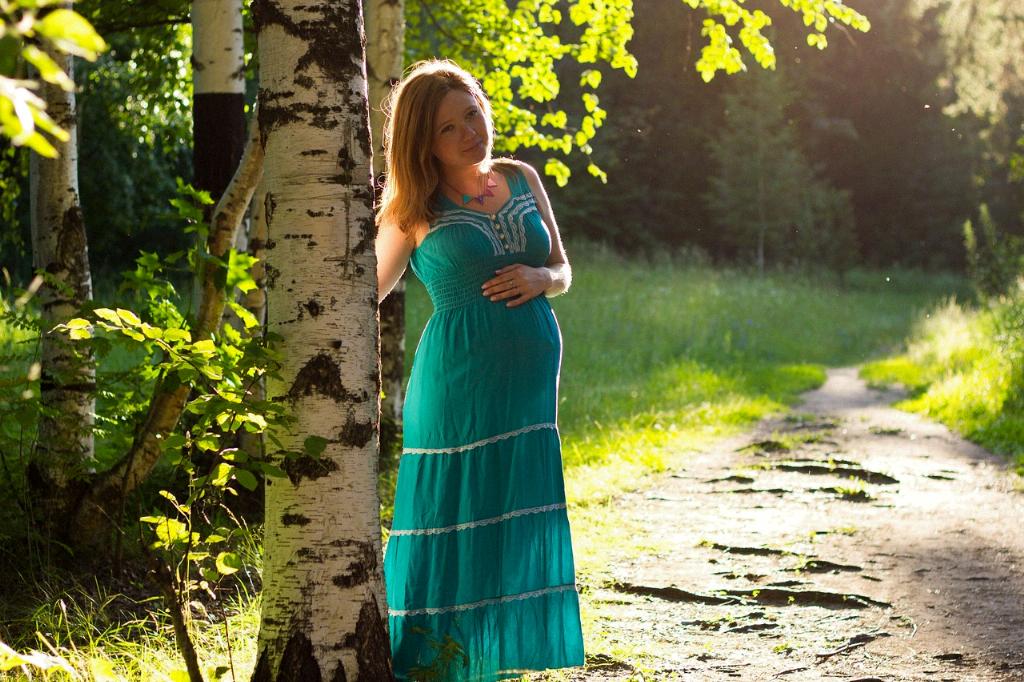When a cat reaches the 6-week mark of her pregnancy, there are a number of visible changes that take place both externally and internally. By this stage, the growing foetuses inside her are developing rapidly, leading to noticeable physical transformations in the mother cat.
Physical Changes in a 6 Week Pregnant Cat
At 6 weeks pregnant, a cat’s back starts to hollow out, making her appear slightly more slender from above. Additionally, her pelvis begins to widen in preparation for giving birth, ensuring there is enough space for the kittens to safely pass through during delivery. The most obvious change is the swelling of her abdomen, which becomes more pronounced as the foetuses grow within her.
Abdominal Swelling and Firmness
The most noticeable feature in a 6-week pregnant cat is her expanding abdomen. The previously taut skin now visibly bulges, indicating the presence of developing kittens. When gently palpated, the abdomen may feel firmer than before due to the growing foetuses and the expanding uterus.
Changes in Nipple Size and Color
Another physical change to observe in a cat at this stage is the alteration in her nipple size and color. The nipples may appear larger and more prominent than usual, as they prepare to fulfill their role in nursing the newborn kittens. Some cats also experience darkening of the nipples, a common occurrence during pregnancy.
Behavioral Shifts in a Pregnant Cat
Aside from the visible physical changes, a 6-week pregnant cat may exhibit certain behavioral shifts as a result of hormonal fluctuations. She might become more affectionate and seek extra attention from her human companions, or alternatively, she could display signs of nesting behavior as she prepares for the impending birth.
Increased Appetite and Weight Gain
During the 6th week of pregnancy, a cat’s appetite tends to increase as her body requires additional nutrients to support the developing kittens. This heightened hunger may lead to weight gain in the mother cat, particularly around her abdominal region where the foetuses are growing.
Importance of Regular Veterinary Check-ups
It’s important to schedule regular veterinary check-ups for a pregnant cat, especially at the 6-week mark and onwards. A veterinarian can monitor the cat’s health, provide crucial guidance on nutrition and care, and conduct ultrasounds to assess the growth and well-being of the foetuses.
Preparing for the Arrival of Kittens
With the 6-week mark indicating the halfway point of a cat’s pregnancy, it’s time to start preparing for the birth of the kittens. Create a calm and comfortable birthing environment for the mother cat, complete with a cozy nesting box, clean bedding, and easy access to food and water.
Supporting the Pregnant Cat’s Nutritional Needs
Ensure that the pregnant cat receives a balanced and nutritious diet tailored to her stage of pregnancy. High-quality cat food rich in essential nutrients such as protein, vitamins, and minerals is essential for the health of both the mother cat and her developing kittens.
Monitoring the Cat’s Health and Well-being
Keep a close eye on the pregnant cat’s health and well-being throughout the remainder of her pregnancy. Watch for any signs of distress, complications, or unusual symptoms, and consult with a veterinarian immediately if there are any concerns regarding the cat’s pregnancy.
Awaiting the Joyous Arrival of Newborn Kittens
As the 6-week pregnant cat progresses towards the final stages of her pregnancy, the anticipation of welcoming a litter of newborn kittens grows. Stay attuned to the mother cat’s needs, provide her with care and comfort, and eagerly await the joyous moment when the tiny bundles of fur make their debut into the world.
Conclusion
In conclusion, a 6-week pregnant cat undergoes significant physical and behavioral changes as her body prepares for the arrival of adorable kittens. By observing the visible signs, supporting her nutritional needs, and providing attentive care, you can ensure a smooth and successful pregnancy journey for the mother cat and the upcoming feline additions to your family.

